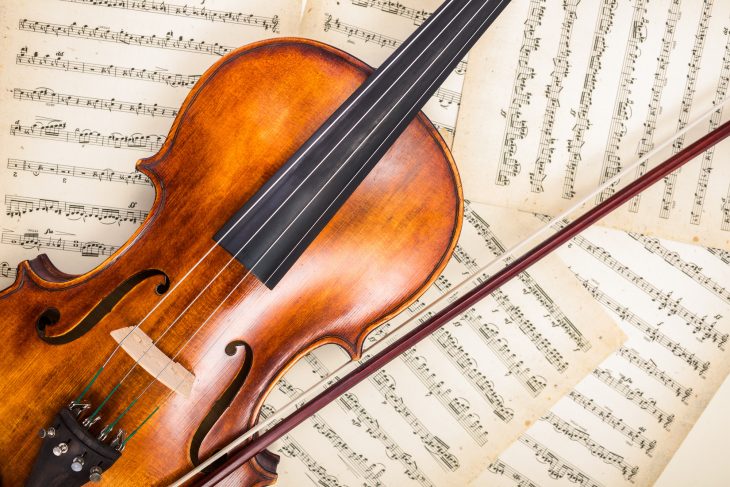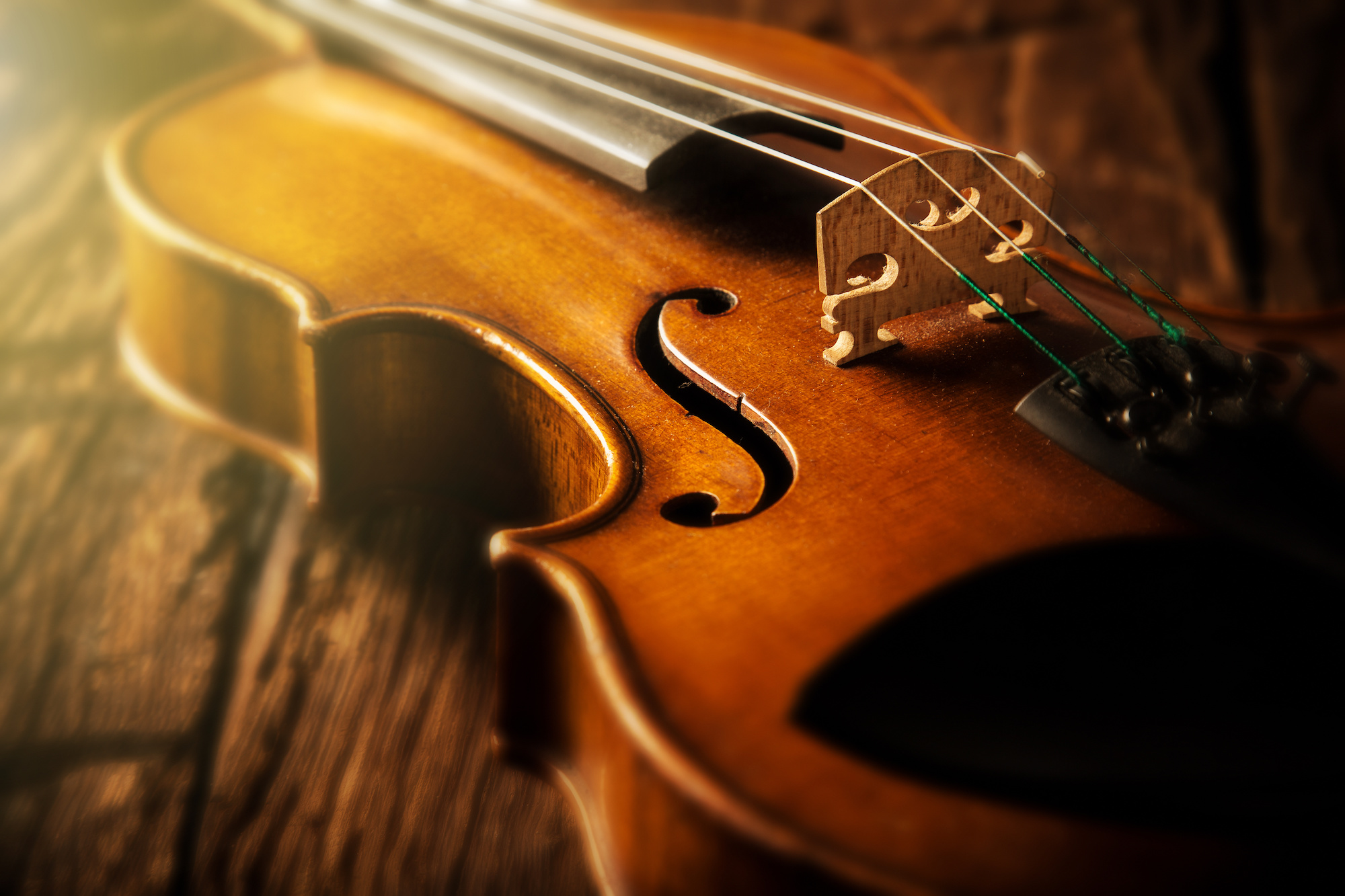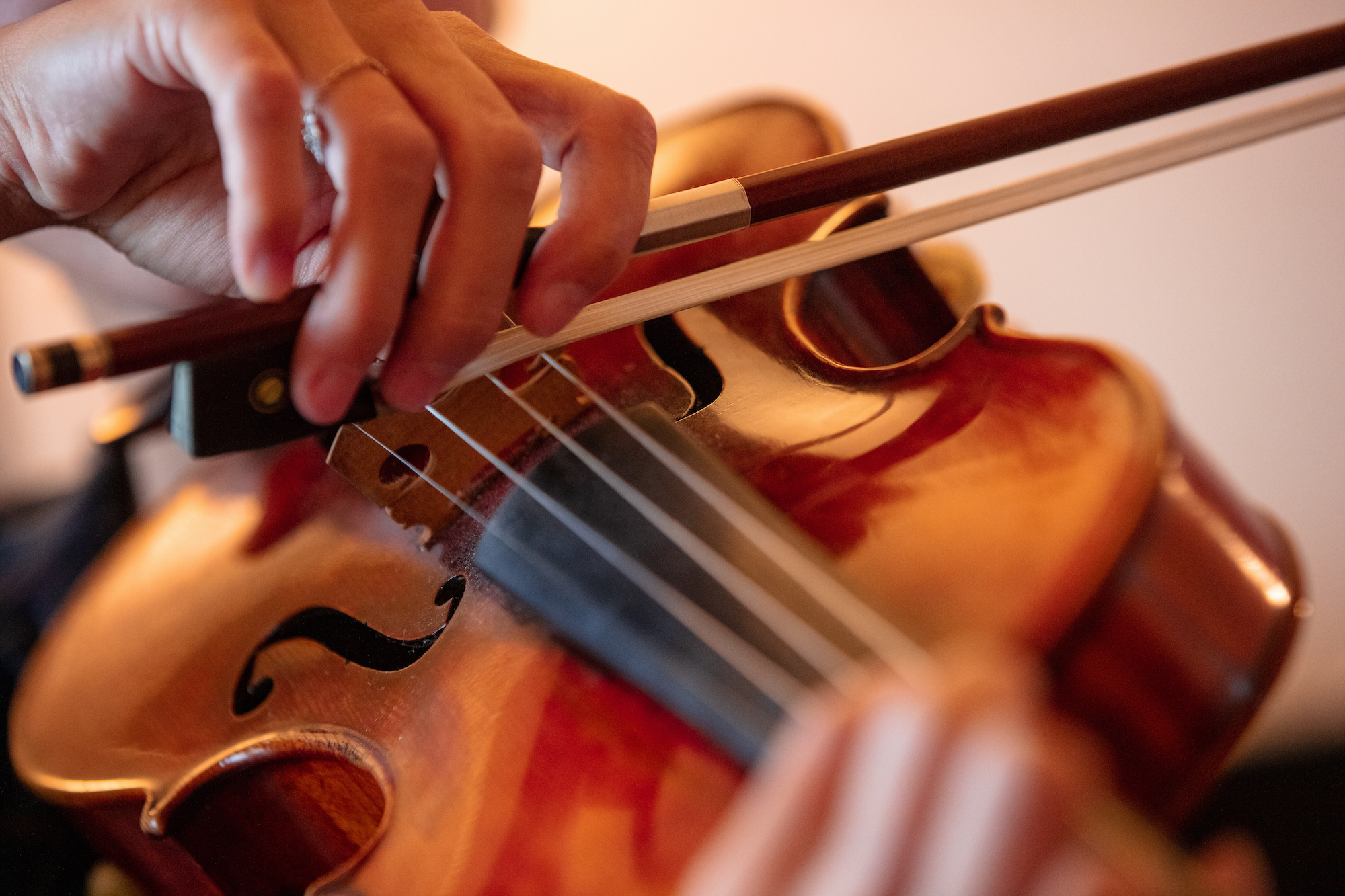
The violin is a captivating instrument that has stood the test of time, mesmerizing audiences with its melodic charm and emotional resonance. As one of the most beloved and iconic instruments in the world, the violin carries a rich history and a wealth of intriguing facts. In this article, we will explore 18 fascinating facts about the violin, delving into its origins, construction, techniques, and cultural significance. Join us on this musical journey as we unravel the mysteries of the violin and discover the secrets that make it the king of strings.
Ancient Origins
The violin’s roots can be traced back to ancient times. Its ancestors can be found in various cultures, including the Byzantine Empire, the Arabian rabāb, and the medieval fiddle. Over the centuries, these early stringed instruments evolved and eventually gave birth to the modern violin as we know it today.
Inventor of the Modern Violin
Andrea Amati, an Italian luthier from Cremona, is widely credited with developing the design of the modern violin in the early 16th century. His craftsmanship and innovations set the foundation for the violin-making tradition that would flourish in Cremona and give rise to legendary luthiers like Antonio Stradivari and Giuseppe Guarneri.
The Four Strings
The violin consists of four strings, typically tuned to the pitches G, D, A, and E. These strings are usually made of steel or synthetic materials, although gut strings are still used by some musicians for their unique tonal qualities.
Exquisite Wood Selection
The body of the violin is crafted from carefully selected tonewoods, which contribute to its resonant and distinctive sound. Spruce is commonly used for the top (soundboard) due to its strength and resonance, while maple is favored for the back, sides, and neck for its stability and beauty.
Handcrafted Masterpieces
Creating a violin is a labor-intensive process that involves meticulous handcrafting. From shaping the delicate curves of the body to carving the scroll and applying the varnish, every step is performed by skilled luthiers who bring their expertise and passion to the art of violin-making.
The Soundpost’s Secret
Inside the violin, a small wooden dowel called the soundpost plays a crucial role in transmitting vibrations between the top and back plates. Positioned just beneath the treble foot of the bridge, the soundpost enhances the instrument’s resonance and tonal quality.

The Bow’s Influence
The bow is an integral part of the violin’s sonic palette. Made from horsehair and traditionally crafted from pernambuco wood, the bow is responsible for producing the violin’s sound when drawn across the strings. The skillful use of the bow, along with various techniques, allows violinists to create a vast range of expressive tones and dynamics.
Stradivari’s Legacy
Antonio Stradivari, one of history’s most renowned violin makers, crafted some of the world’s finest instruments during the late 17th and early 18th centuries. Stradivarius violins are highly sought after for their exceptional craftsmanship, beautiful tone, and unique aging characteristics. Today, they remain prized possessions of virtuoso musicians and collectors alike.
The Del Gesù Mystique
Another influential luthier from Cremona, Giuseppe Guarneri del Gesù, crafted violins that are revered for their distinctive and powerful sound. While his production was smaller compared to Stradivari’s, del Gesù instruments, known as “del Gesùs,” are highly esteemed for their unique tonal qualities, often described as bold, robust, and expressive.
The F-Hole’s Function
The F-holes, named after their distinctive shape resembling the letter “F,” are openings carved into the top of the violin. These sound holes serve multiple purposes, including enhancing the violin’s acoustic properties, allowing air to move freely within the instrument, and influencing its timbre and projection.
The Bridge’s Vital Role
The bridge is a small yet critical component of the violin. It supports the strings, transmitting their vibrations to the body, and helps maintain the instrument’s structural integrity. The precise positioning and shaping of the bridge influence the violin’s playability, tonal balance, and resonance.
Vibrato: Adding Expressive Flourishes
Vibrato is a technique employed by violinists to add warmth and expressiveness to their playing. It involves oscillating the pitch of a note by slightly and rapidly fluctuating the finger’s pressure on the string. Vibrato adds depth and emotion to the music, allowing the violinist to infuse their performance with a personal touch.

The Stradivarius Secret
The exceptional sound quality of Stradivarius violins continues to captivate musicians and researchers alike. Various theories have been proposed to explain their extraordinary tone, including the influence of the wood, varnish, and even the climate during Stradivari’s time. However, the exact secret behind their unmatched sound remains a subject of ongoing debate and fascination.
The Violin’s Role in Orchestras
The violin holds a prominent position in orchestras, often leading the string section as the highest-pitched instrument. Its versatility allows it to take on various roles, from delivering soaring melodies to providing rhythmic accompaniment. The violin’s expressive capabilities make it a key player in orchestral compositions across different genres and periods.
The Violin’s Emotional Range
The violin is renowned for its ability to evoke a wide range of emotions. Its timbre and expressive possibilities allow violinists to convey joy, sorrow, longing, excitement, and everything in between. From delicate whispers to powerful cries, the violin can capture the depth of human emotion as few other instruments can.
Solo Virtuosity
The violin has a long-standing tradition of virtuoso performers who have pushed the boundaries of technical skill and musical interpretation. Renowned violinists such as Niccolò Paganini, Jascha Heifetz, and Itzhak Perlman have dazzled audiences with their exceptional talent, showcasing the violin’s capacity for breathtaking virtuosity and passionate performances.
Cultural Significance
The violin holds significant cultural importance across different regions of the world. It has been an integral part of classical Western music for centuries and plays a central role in various genres, including folk, jazz, and popular music. The violin’s versatility and emotional expressiveness have made it a universal instrument that transcends cultural boundaries.
A Lifelong Journey
Playing the violin is a lifelong journey that requires dedication, discipline, and a deep love for the instrument. Learning to play the violin involves honing technical skills, mastering intricate fingerings, and developing a keen musical ear. It is an art form that fosters creativity, self-expression, and a profound connection to the power of music.
Conclusion
As we conclude our exploration of the violin and its enchanting facts, we hope these 18 insights have deepened your appreciation for this remarkable instrument. From its ancient origins to the craftsmanship of legendary luthiers, from its expressive capabilities
Was this page helpful?
Our commitment to delivering trustworthy and engaging content is at the heart of what we do. Each fact on our site is contributed by real users like you, bringing a wealth of diverse insights and information. To ensure the highest standards of accuracy and reliability, our dedicated editors meticulously review each submission. This process guarantees that the facts we share are not only fascinating but also credible. Trust in our commitment to quality and authenticity as you explore and learn with us.


